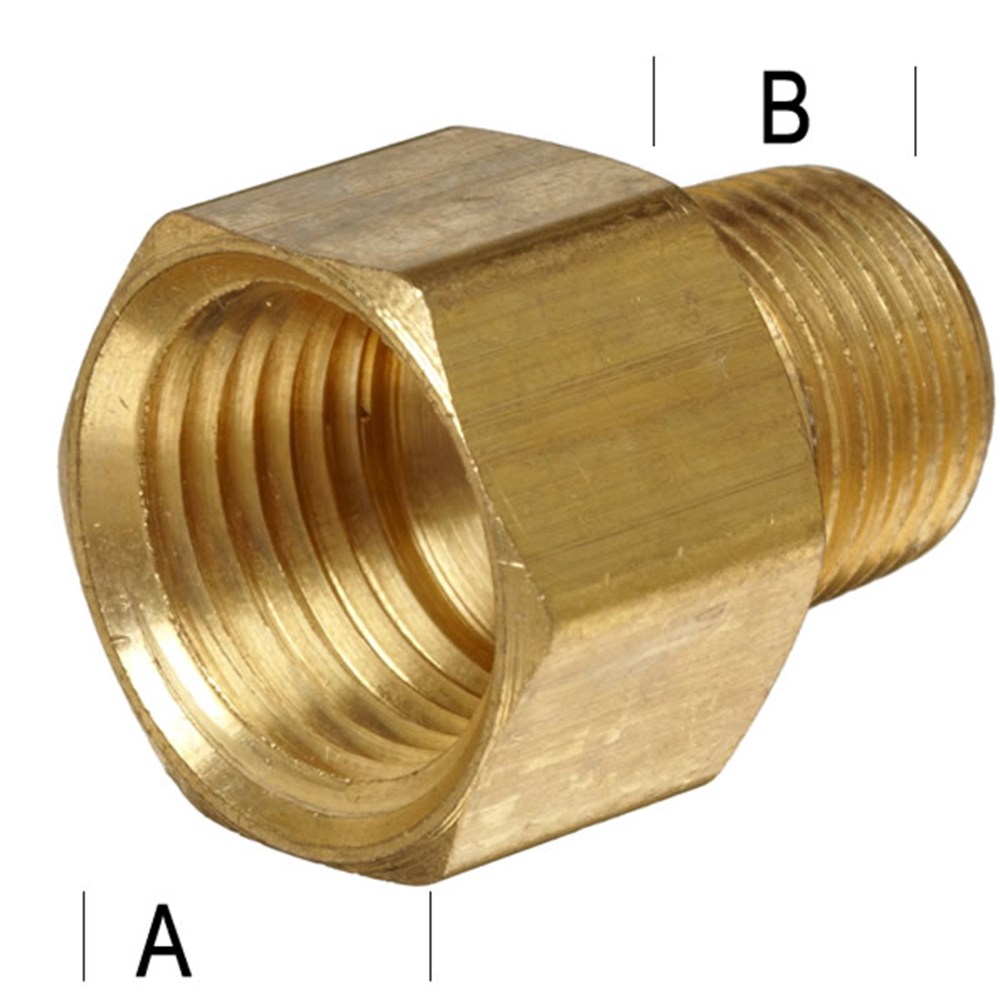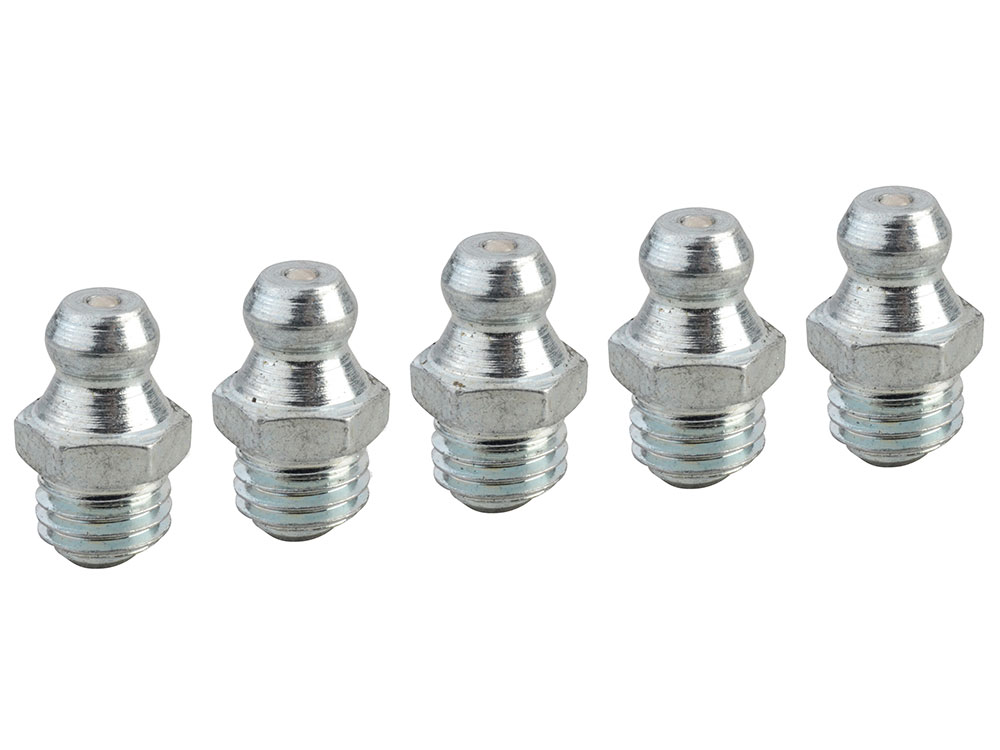

In all options the user can choose whether the trough is exposed to sun radiation or it is shaded. With the Anders-Coates method, in addition to the thermal resistivities of the soil and the cover, the wind velocity above the trough is taken into account. The Slaninka Method 2 considers both the thermal resistivities of the cover and the soil surrounding the trough. With the Slaninka Method 1, the thermal resistivity of the trough’s cover is considered.

With the IEC standard, thermal resistivities of the soil and the trough’s cover are ignored. The module has been improved significantly and includes three options in addition to the IEC standard to model a given trough installation: Slaninka Method 1, Slaninka Method 2 and Anders-Coates Method. In this approach the cables ratings are calculated as for cables in free air, but the temperature inside the trough is computed according to the IEC Standard 6©. Initially, the only option to rate unfilled trough installations was to use the IEC standard. Computation of the thermal rating of cables installed in filled troughs.Transient analysis, cyclic loading and emergency ratings are supported.Computation of the steady-state ampacity or temperature.Modeling one heat source or heat sink in the installation.Modeling up to three duct banks in a single installation.Modeling unlimited number of rectangular areas with different thermal resistivity.The following capabilities are highlighted: The module computes the values of T4 (the external thermal resistance to the cable) using the finite element method and then the ampacity (or operating temperature) of the cable installation is obtained using the IEC standardized solution method. The module presents a unique solution combining standard and non-standard calculation methods. The Multiple Duct Banks and Backfills add-on module (MDB) is designed to determine the steady-state ampacity of cables installed in several neighboring duct banks and/or backfills with different thermal resistivity.



 0 kommentar(er)
0 kommentar(er)
